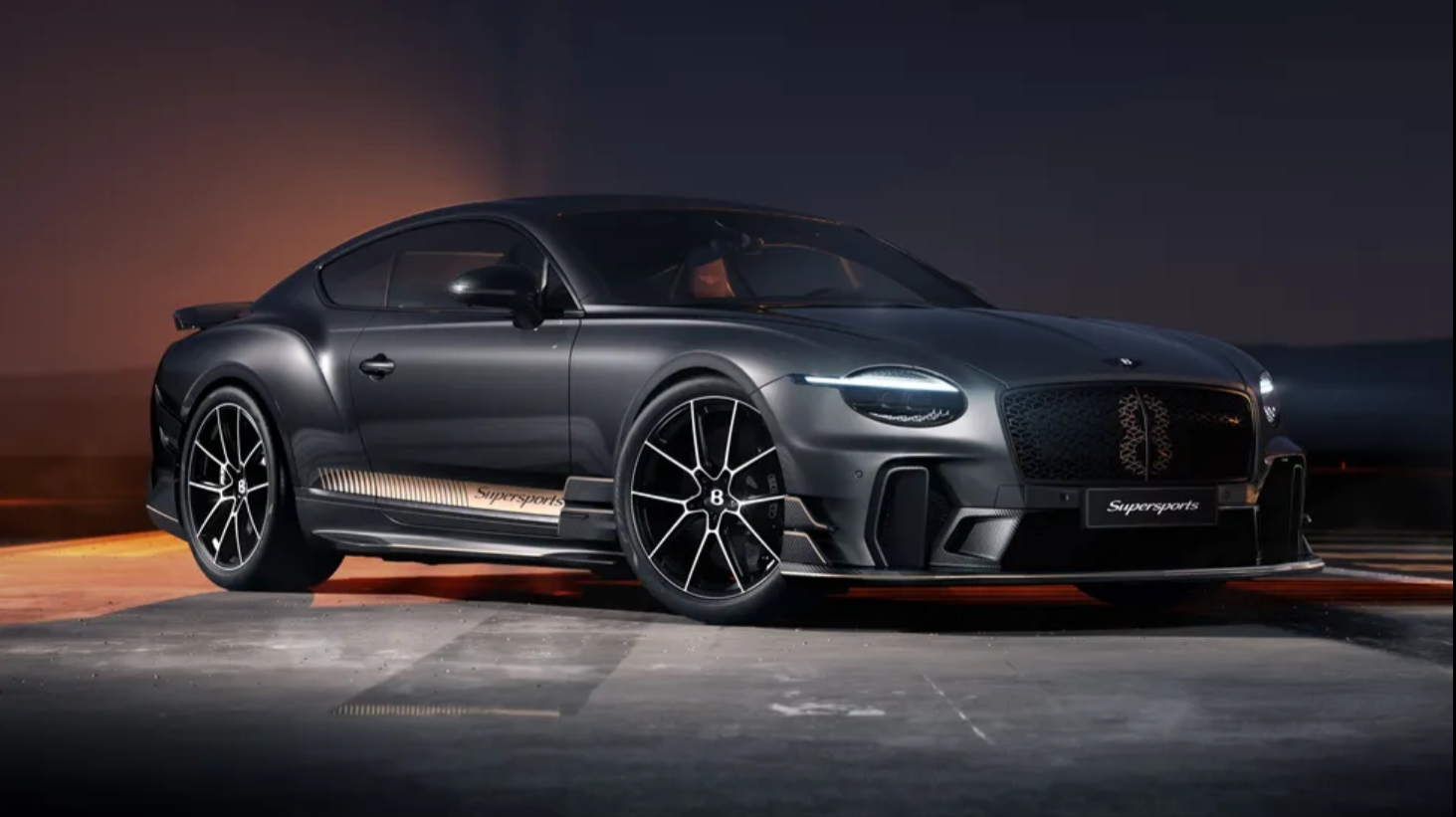With Extreme E becoming Extreme H—the world's first racing series powered only by hydrogen fuel cell cars—motorsports ventures into unknown terrain in an effort to demonstrate that hydrogen fuel cell technology is a clean and practical substitute for battery electric vehicles and the use of hydrogen in internal combustion engines.
The vehicle that each team will race has recently been made public. Pioneer 25, narrower and somewhat heavier with a lower center of gravity, is based on the Odyssey 21, which is still in use in the fourth and final season of Extreme E.
The racing format remains the same: 12 races lasting around 10 minutes each are held over the course of a weekend, with one female and one male driver sharing a car and switching mid-race. Although the dates are not yet set, the series will begin in April, and the off-road locations will be in Saudi Arabia, the UK, Germany, Italy, and the USA.
Pioneer 25 has been tested since December of last year, mostly at French locations that are preferred by World Rally Championship and Rally-Raid teams. This summer, it will be carried out at the Extreme E competitions in Sardinia and Scotland.
536 horsepower is the maximum combined output of the two electric motors. 450 Nm of torque is available, and on pavement, the peak speed approaches 200 kph. The 0-100 kph sprint time is 4.5 seconds.
Although the teams and drivers have not yet been announced, several of the current Extreme E competitors are probably going to be involved. Alejandro Agag, the creator of the series, told us he wouldn't anticipate any major automakers to participate in the first year, but he hopes they will for the second season, particularly if they provide a hydrogen fuel cell vehicle at which point the "win on Sunday, sell on Monday" mentality may come into play.
But demonstrating the potential of hydrogen was the primary driving force.
The technology of hydrogen storage, or energy storage in general, still faces several difficulties. It has certain benefits and some drawbacks. When we first started, things were much farther down the line with EVs. The use of hydrogen in automobiles, its storage, transportation, and fueling are all still in their infancy, according to Agag.
"EVs were in high demand when we began this project two years ago, and I am a huge supporter of EVs." Though the overall direction of the EV wave is quite powerful, there is a period of self-doubt right now. Nowadays, a huge number of firms are reconsidering their choice of hydrogen. We serve as the technology's platform.
Former McLaren employee and series technical chief Mark Grain remarked, "Testing this car has reminded me of when I was in F1." It is a brand-new kind of vehicle. You need to build an automobile that is both speedy and dependable.
"Hydrogen fuel cells are a completely new component in motorsport worldwide." It was not possible to simply install a fuel cell in an Extreme E vehicle. You review and adjust the entire envelope containing the fuel cell and batteries. Furthermore, the car's resilience to impact is enhanced by its roof design, the composite structures safeguarding the tanks, side impact protection, and lower impact protection.
Many falsehoods and fallacies are spread regarding hydrogen. In actuality, hydrogen is really safe. We want to be able to show that it's simply another type of energy that you can race wheel-to-wheel, crash into each other, and perform massive compressions and leaps on all these difficult terrain.
"We hope to show that hydrogen gas is practical and does not present a threat or danger in any way."
The two kilograms of hydrogen carried by an Extreme H car would not be sufficient for other racing forms that required more than ten minutes of action at a time. The fuel cell uses the hydrogen to produce energy, which then powers the two e-motors by passing via a battery pack.
To what end is it all leading? To exchange ideas, Extreme H regularly convenes with the FIA, the body that oversees motorsports, as well as with Formula 1 and other race series, automakers, and IT firms. The organization states, "We want to pass on our learning." And maybe we can assist if they want to share with us what they're doing in a test environment.












.jpg)


.jpeg)

.jpeg)
.jpeg)

